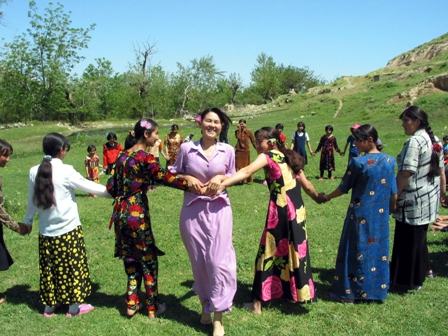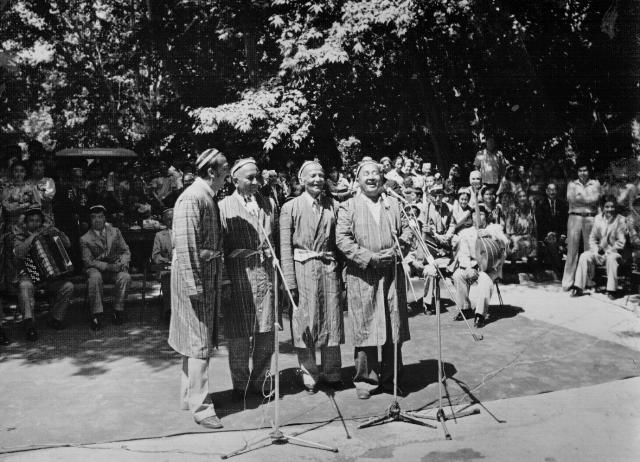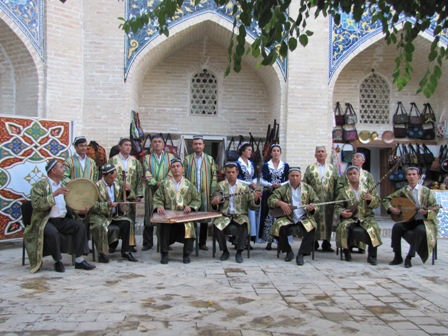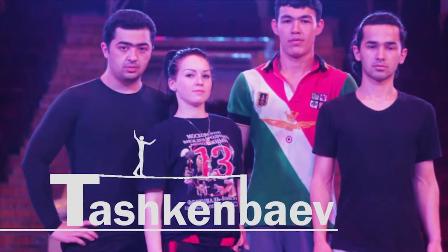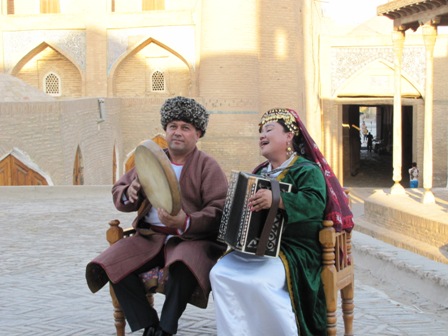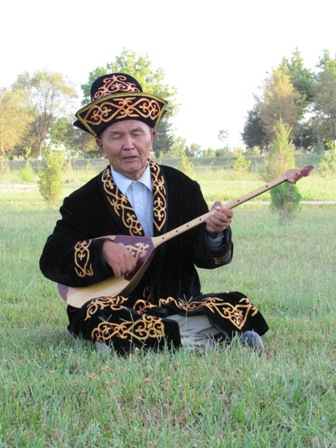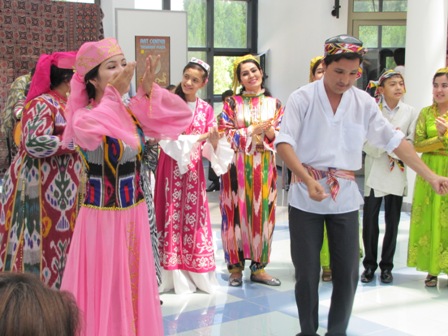Kashtachilik (Embroidery)
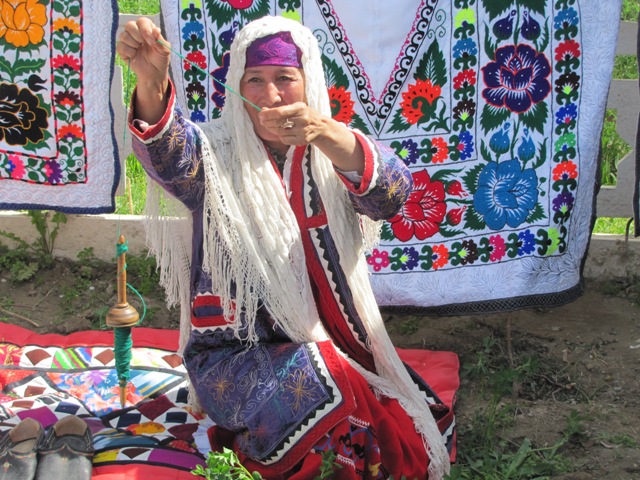
Domain: Traditional Craftsmanship
Index Number: 05.09
Beauty of Uzbek embroidery, ancient origins of its patterns and diversity of techniques applied indicate to the fact that this craft has passed a lengthy process of historical development, and has rich traditions. Due to fragility of materials (i.e. silk, cotton, wool) which were used in embroidery, only some samples reached our days. And these samples, in chronological terms, relate to the XIX and XX centuries only.
Embroidery was spread mainly in large commercial cities and villages, in ancient centers of settled (agricultural) culture of Uzbekistan. It did not exist only in Khoresm. Large-sized decorative embroidery, made by settled population living in urban areas of Uzbekistan, can be divided into several types: suzani (wall-mounted panels; literally - "needle"), nimsuzani (literally - "half of suzani"), ruyidjo, joypush yakkandoz and choyshab (bedspreads and bedsheets), takyanpush (pillow coverlet), oy-palak and gulkorpa (Tashkent versions of suzani), sandalipush (coverlet for sandal), zardevor, dorpech or kirpech (embroidery used for decorating upper parts of walls), joynamoz (prayer rug), bugdjoma (coverlet for blanket), beshikpush (coverlet for cradle), etc. Embroidered items of small size are represented by oyna-khalta and shona-khalta (sacks for keeping mirror and comb), qiyiqcha, miyonband, chorsu and belbogh (versions of men's waist kerchiefs), doppi (skullcap), sarpokkun, qoziqlungi and tanpokkun (long towels with embroidered ends), bugjoma (linen used for wrapping dress), sarandoz and romoli-peshonaband (types of head shawls and headdresses for women), dast romol (handkerchiefs), jiyak (embroidered edges used for decorating certain elements of a dress), etc. Embroidery of nomadic and seminomadic peoples of the country is observable in dresses and small everyday items.
Ornamental pattern and composition of embroidery depended on its practical purpose (i.e. for what purposes it was used). Large-sized embroidery had a central area and an edge. Such type of composition was typical for embroideries, which were always in people's sight, i.e. it was observable in coverlets (suzani, nimsuzani, etc.), in the embroidered items which were laid under one's feet (joynamoz, etc.). In relation to the embroidered items, like head shawls, and those designated for wrapping household items, typical were other types of composition. As such, embroidery decorated only those parts of an item, which were visible during usage. Main embroidery motifs are symbols of cosmogonic origin (i.e. sun, moon, stars in the form of large and small rosettes), vegetative and geometric patterns, stylized images of animals and birds. For embroidery of Uzbekistan peculiar is application of distinct technique of sewing, i.e. complete sewing of large surfaces of the pattern, and leaving (relatively) small area for the background. Also, different types of one-sided satin-stitch and chain-stitch are used, which fill motifs of an ornament completely. Satin-stich can be of two types, i.e. "bosma" and "kanda-hayol".
In the ХIХ century leading centers of artistic embroidery evolved in Nurata, Bukhara, Samarkand, Shakhrisabz, Tashkent and Ferghana. Traditions related to embroidery existed in such regions as Jizzakh, Kashkadarya and Surkhandarya as well. Each of these centers differed from the rest with their local artistic traditions and peculiarities. These days in Uzbekistan embroidery is still one of the most spread and popular types of traditional artistic crafts. It is exactly this particular type of craft, in which it is possible to observe significant efforts for preservation and revival of artistic and technological traditions. At the same time, in present-day embroidery of Uzbekistan a new stage can be seen. For example, embroidered items of skillful designers (from Tashkent and Namangan), who revive the technique and décor typical for embroidery of Nurata, Bukhara and Samarkand, are in great demand among people. Furthermore, the traditions associated with hand embroidery of the XX century are being preserved in Surkhandarya and Kashkadarya regions. Hand-embroidered items from these regions are intended for usage in daily life and make up part of bride's dowry.





